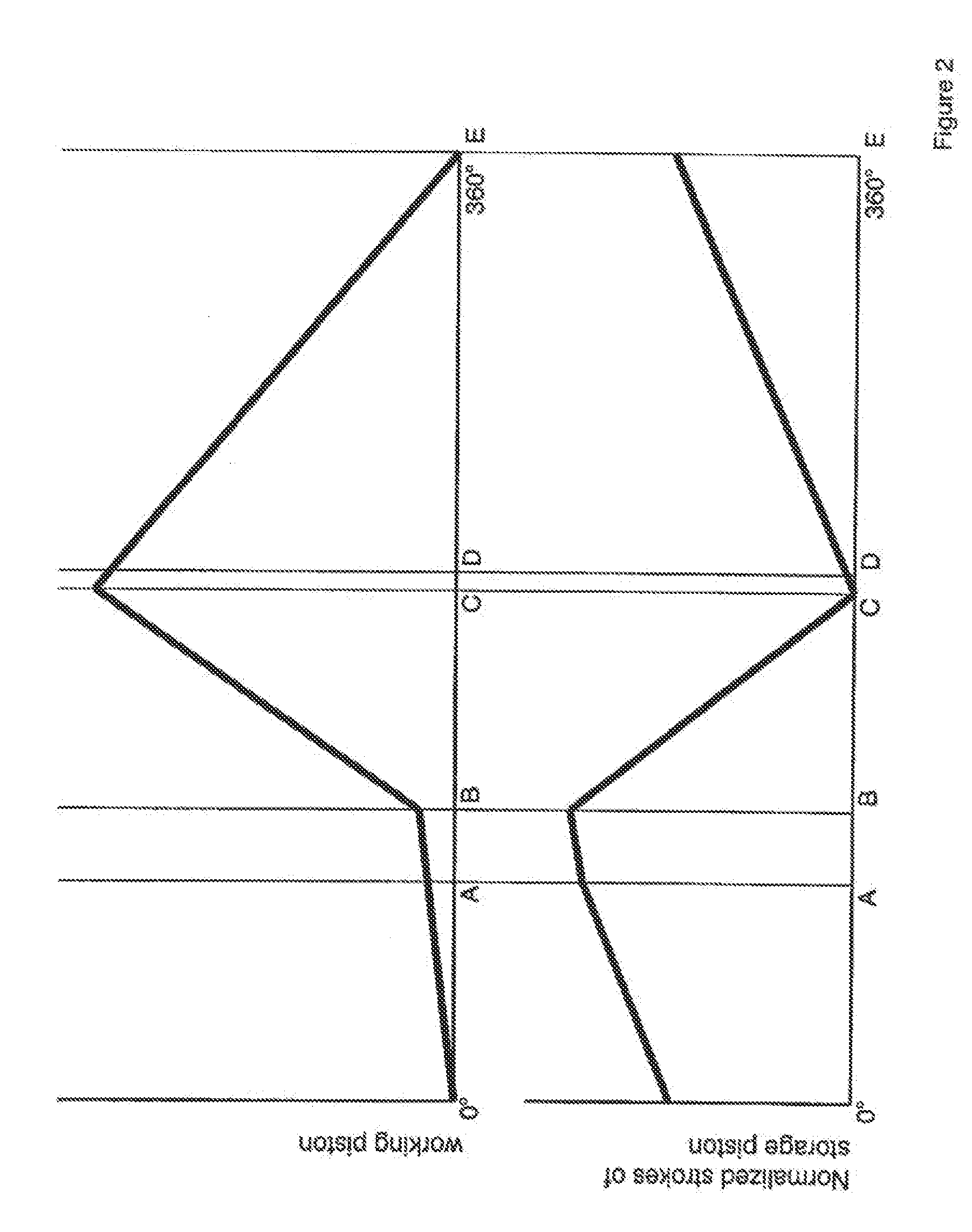Under such operating conditions, the pumped medium no longer behaves as an ideal, i.e. incompressible liquid.
A crucial inherent
disadvantage of all feedback controls for compensation of
compressibility (
pressure feedback), which are based on a qualitative and / or quantitative utilization of the measurement of the delivery pressure, is the need for an iterative adjustment (PID control) within a series of
cam revolutions / pumping cycles and a practically limited robustness of the control upon occurrence of pressure artefacts, since only an indirect and no
direct monitoring of the process of displacement of the pumped medium is possible by the pressure measuring
signal.
Specific technical problems arise with the pressure measuring sensors as well as with the flow sensors from the fact that they must be suited to a very wide measuring range of 0-100 MPa for example and thus, must be able to withstand the
high pressure and be peripherally sealable with acceptable effort.
In the case of flow sensors it is of particular
disadvantage that the measuring
signal is dependent upon the
operating temperature as well as the specific
thermal conductivity / capacity of the respective medium to be delivered and that consequently, a multiparametric calibration with regard to application is necessary, which can be achieved during operation of the pump in accordance with the low-pressure
gradient method at best by a detour via the method of a learning-in run by which a set of reference values is assessed under real analysis run conditions.
The difficulties described above with regard to design concept superimpose the basic systematic problem of the decrease of the pumping efficiency by detrimental
dead volume within the displacement
system (piston / cylinder unit) of the working piston when considering the case of a serial dual-piston pump.
Implementing the concept of all-in / all-out, which theoretically presents a solution to the problem, has technical limitations as to the respective design of the components belonging to the displacement chamber feasible in practice.
With increasing delivery pressure, the
compressibility of the medium to be delivered causes an increasing drop of the pumping efficiency and associated with that a delivery flow having a more or less pronounced residual pulsation.
The pumping efficiency is diminished solely as a function of the detrimental
dead volume, which is technically difficult to minimize, and not as a result of the compression of the (actual) pumping volume during the displacement
stroke.
When using the pump while applying the low-pressure gradient methodology, the detrimental
dead volume also affects the proportionating of the individual feed flows caused by the proportionating valves on the suction side of the pump.
This causes a reduction in the filling
stroke efficiency a problem not addressed by the pumps of the prior art discussed above.
If no sensor has to be arranged in the zone wetted by the pumped medium, there is no need for integrating sensors, which are usually two-dimensional rather than desirably tubular-shaped and which also have to be chemically
inert depending on their use, which integration in a fluid-tight manner at
high pressure is technically complicated and costly.
By means of the described pre-compression and / or modulation of the drive speed (primary control) which results in a modulation of the piston speed, an excessive delivery in relation to the previously chosen nominal delivery amount will take place.
The non-
usable portion of the suction
stroke results from the expansion of the detrimental dead volume.
In particular, during low pressure gradient operation, i.e. when the composition of the medium to be delivered changes and subsequently varying
compressibility and / or
viscosity affects the back-pressure.
 Login to View More
Login to View More  Login to View More
Login to View More 


